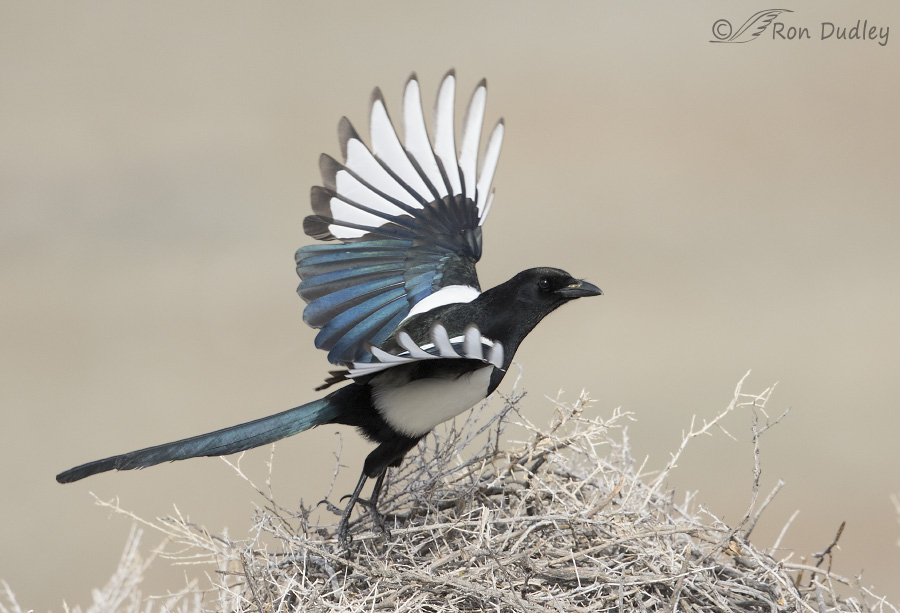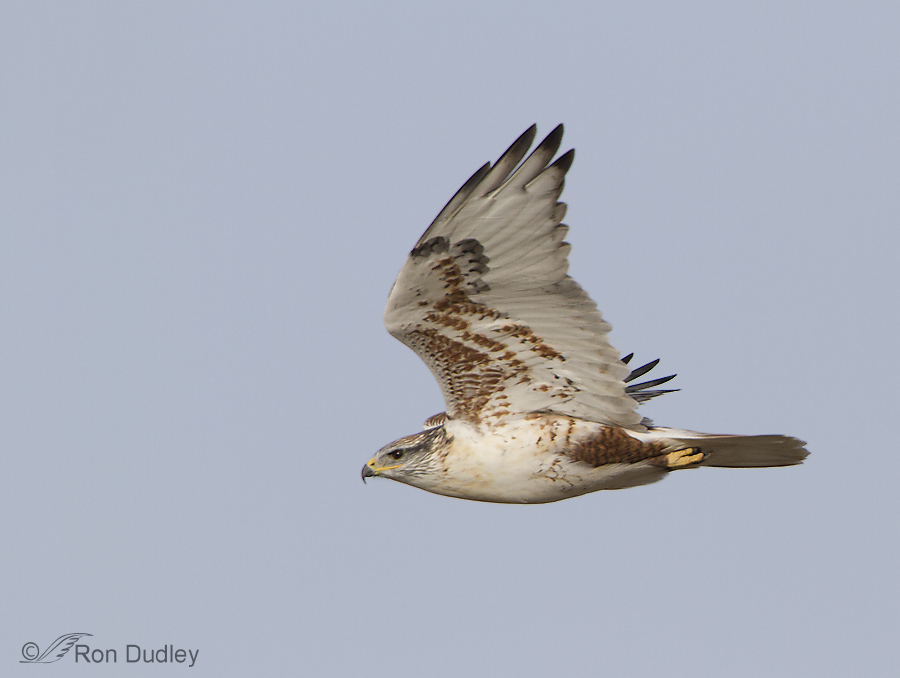Tag: threshold layer
A Simple Shot Of A Ferruginous Hawk In Flight
The Trouble With Harriers
Obtaining proper exposure on certain birds with high contrast colors has always been a big problem for bird photographers. When your subject has both very light and very dark colors it becomes problematic to get good detail in the darks without “blowing out” the whites, especially if the whites are very bright white. A partial list of bird species that are notoriously difficult to expose properly would include the Black Billed Magpie, male Wood Duck, adult Bald Eagle and many species of Terns. And because of the bright white rump patch found on all ages and both sexes of Northern Harriers, that species would also be on the list. One of the partial solutions to this problem is to photograph while the sun is low during either early morning or late afternoon because the light is much less “harsh” then and also because it has a better chance of striking the bird obliquely rather than at right angles (light at an angle tends to produce tiny texture shadows – “detail”). 1/2000, f/6.3, ISO 500, 500 f/4, 1.4 tc, natural light, not baited, set up or called in I like this image for a variety of reasons: the well-lit and detailed view of the topside of a harrier in flight, provided by the banking flight posture of the bird getting good eye contact with this flight posture isn’t easy, but this shot has it the background has some color texture – instead of solid blue sky or white clouds it’s a subtle mixture of both the harrier is sharp –…



